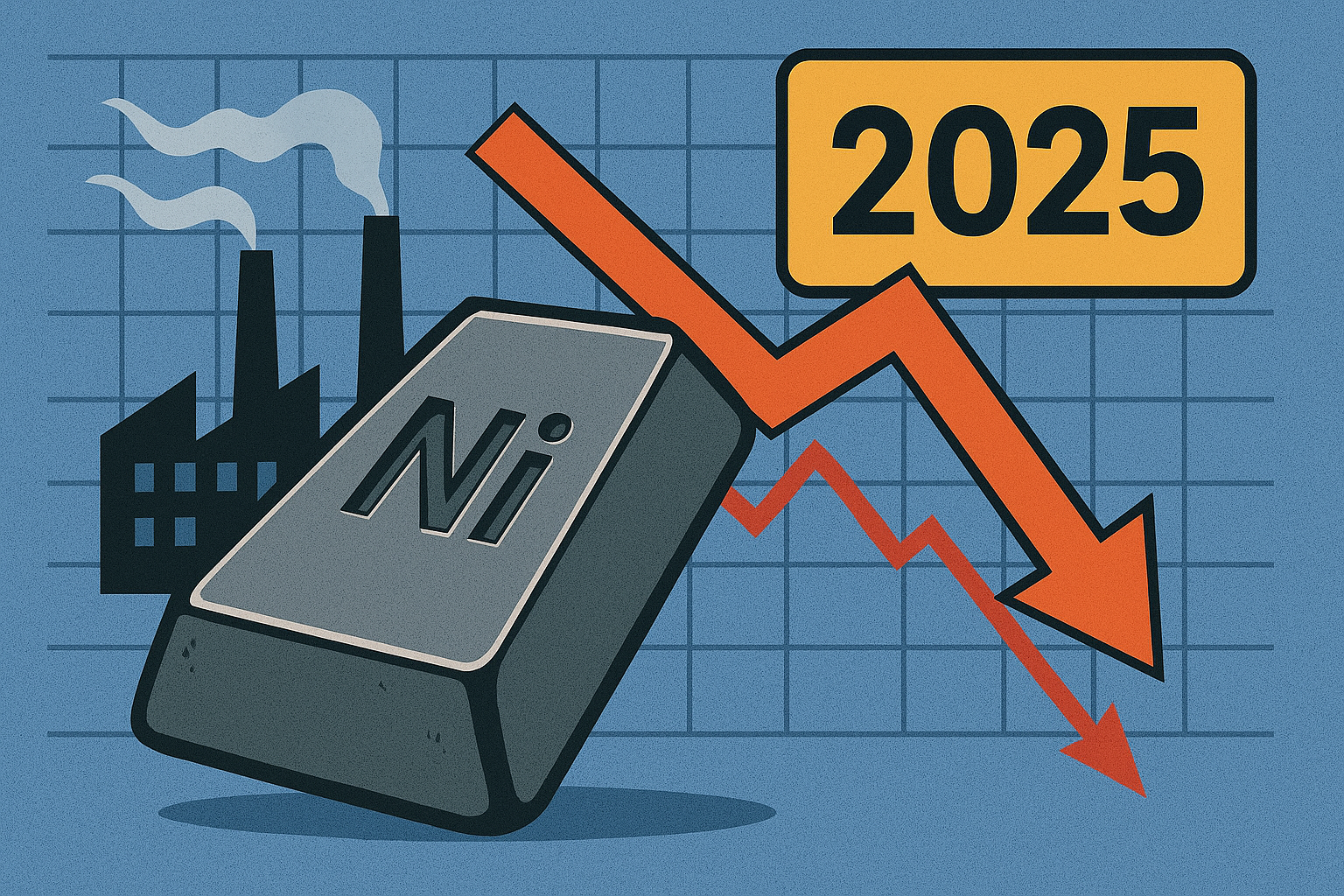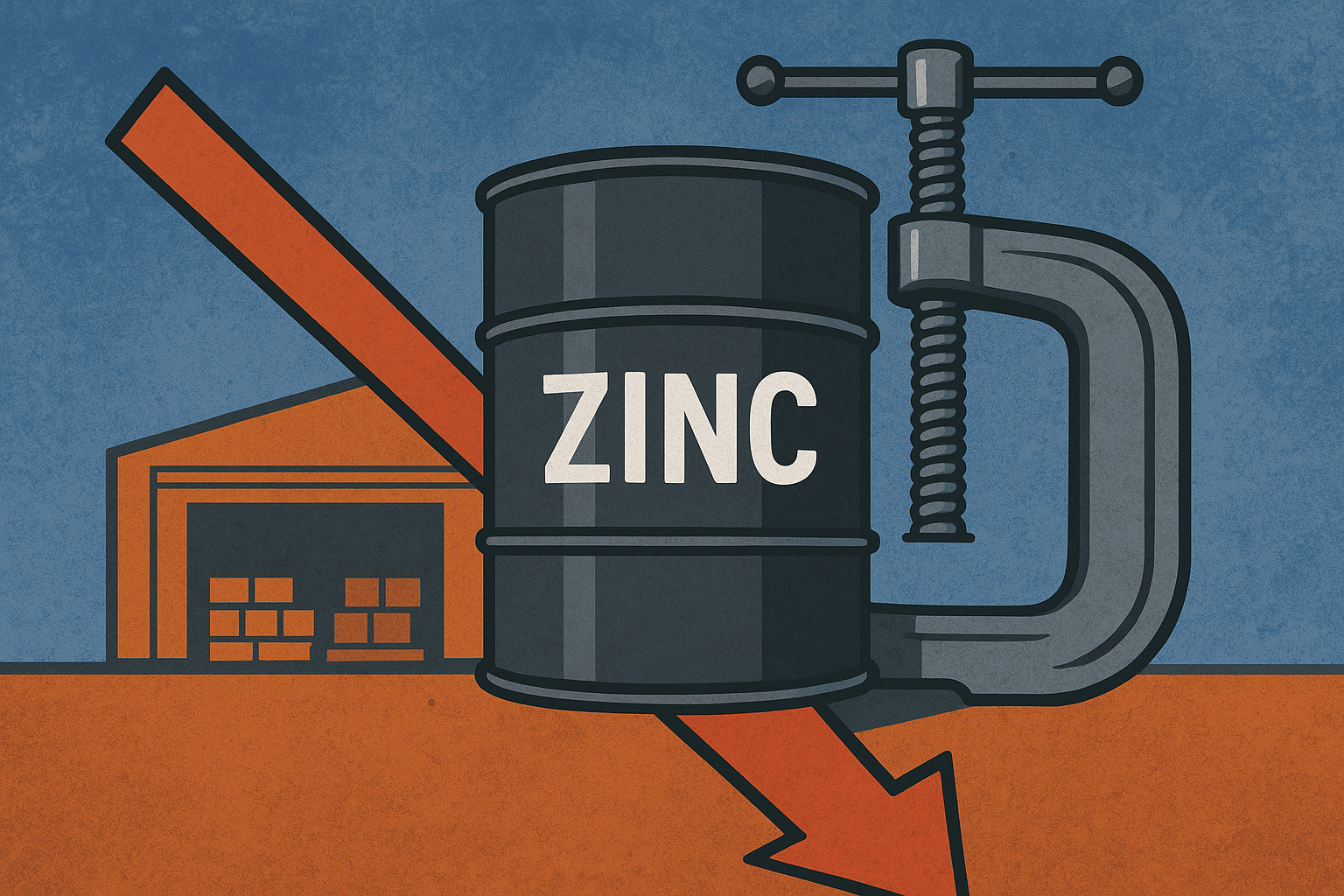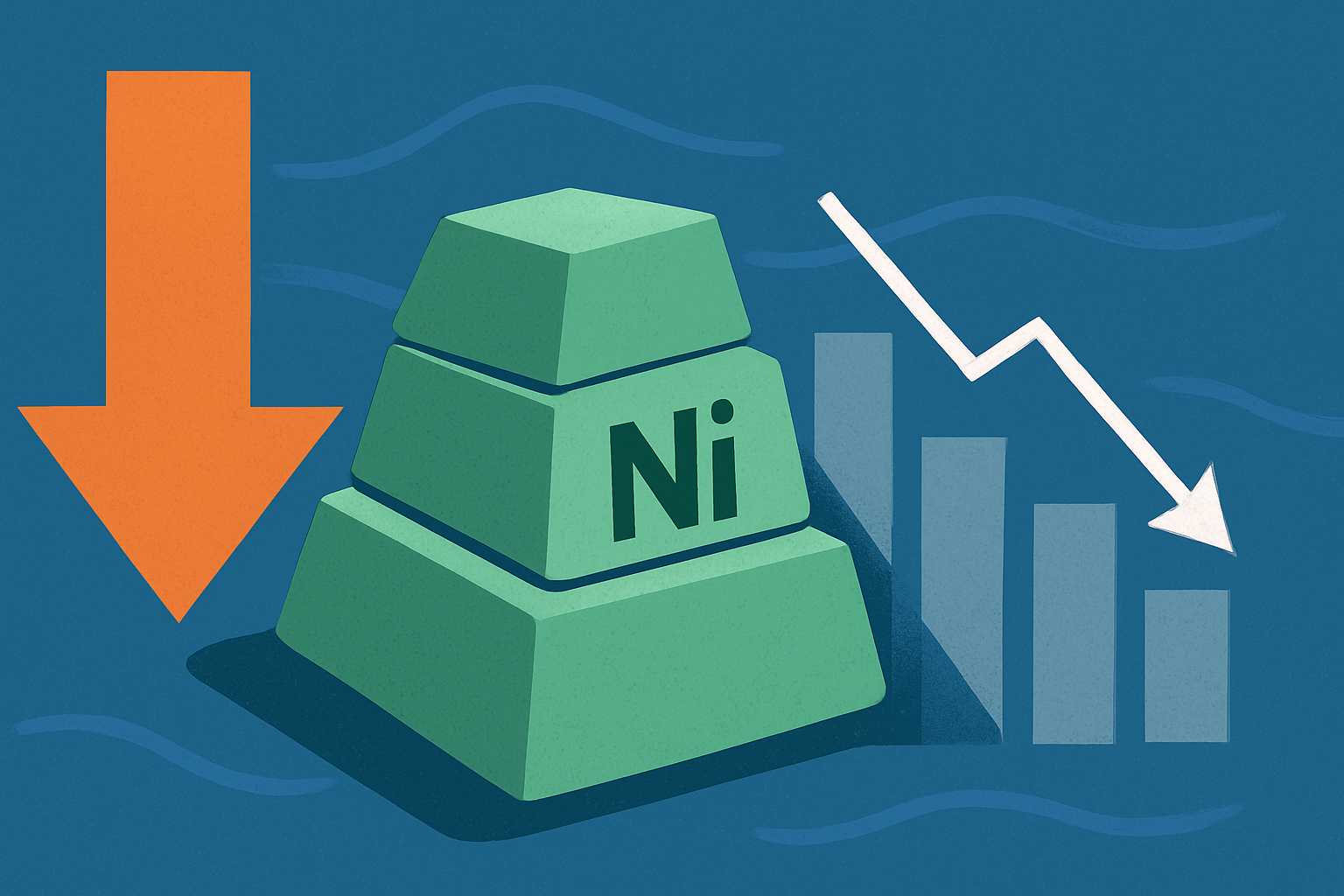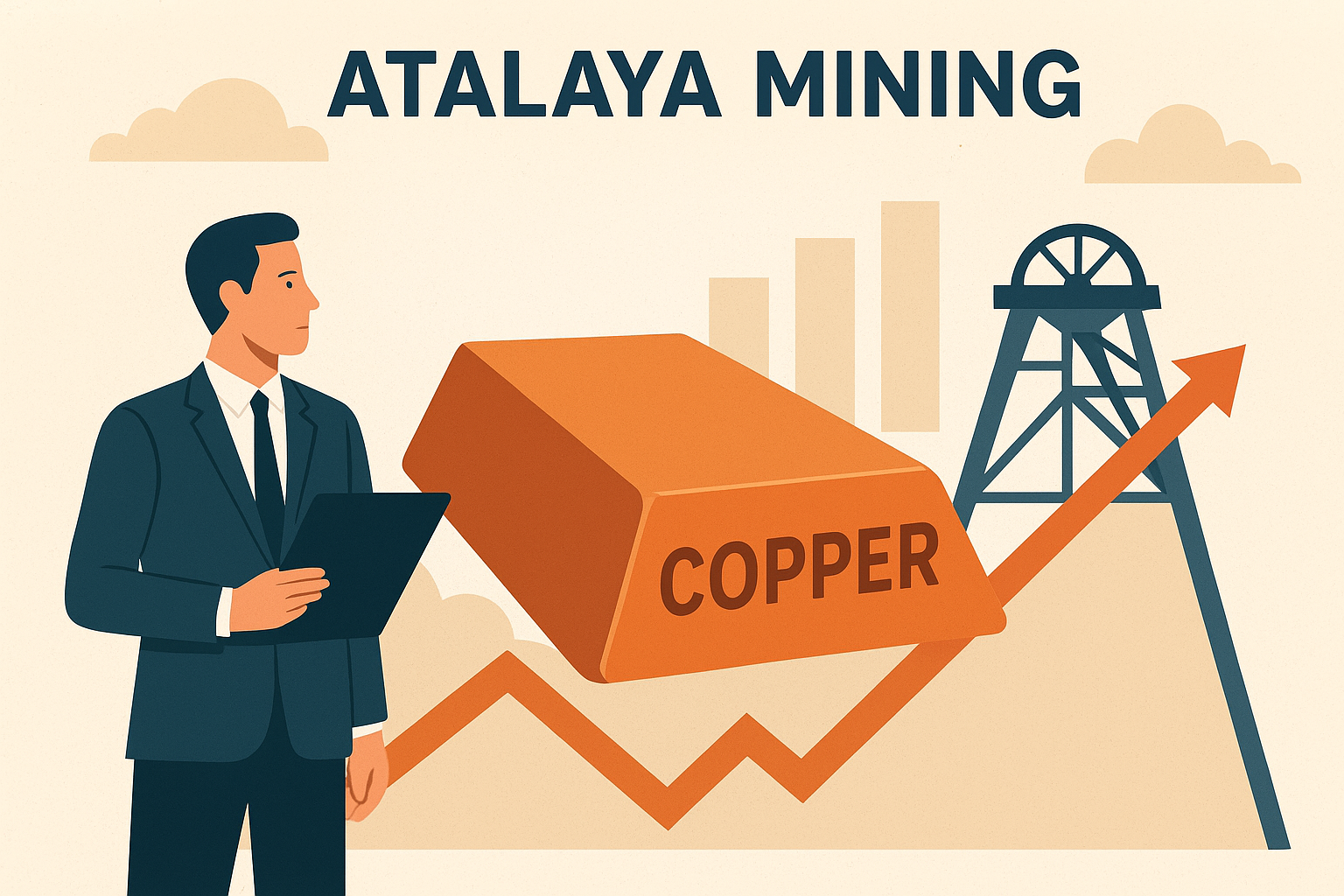Global nickel markets are heading into turbulent waters. The International Nickel Study Group (INSG) has projected a significant 209,000-metric-ton surplus in 2025 — a sharp reminder that the once red-hot battery metal faces renewed supply pressures amid softening demand from the electric vehicle (EV) sector. As the world recalibrates its energy transition strategies, investors are watching closely to see whether nickel’s supply glut will deepen or trigger another round of price corrections across global exchanges.
Nickel’s Supply-Demand Balance Shifts Dramatically
The latest INSG report, cited by MarketScreener and Reuters, signals one of the largest expected surpluses in recent years. Global production continues to outpace consumption, driven by aggressive output from Indonesia — the world’s top producer — which remains committed to expanding refined nickel and nickel matte exports despite fluctuating global prices.
In contrast, major producers in other regions are scaling back operations or putting projects on care and maintenance. Several companies in Australia and Canada have publicly acknowledged reduced profitability, while some junior miners are delaying development plans in anticipation of weaker near-term prices.
According to analysis from the Investing News Network (INN), the EV battery segment — once considered nickel’s strongest growth driver — has experienced a temporary cooling period as global EV sales growth moderates. China’s shift toward lithium iron phosphate (LFP) batteries, which use little or no nickel, has further weakened short-term demand fundamentals.
Why This Matters for Investors
For investors, the INSG forecast underscores a major inflection point. Nickel’s bull cycle, fueled by expectations of insatiable EV demand, now faces a macro correction phase. Prices have already reflected some of this softness — with benchmark nickel trading down from its early-2024 highs — yet analysts warn that the market may still have more downside potential if the surplus widens into 2026.
At the same time, oversupply does not necessarily signal the end of nickel’s long-term appeal. As Bloomberg Intelligence notes, structural underinvestment in new Class 1 nickel capacity outside Indonesia could lead to future supply bottlenecks once demand rebounds. This dynamic creates a strategic window for investors to reassess their exposure — focusing on low-cost, high-purity producers that can weather market volatility while positioning for the next upcycle.
Global Factors Exacerbating the Surplus
A confluence of policy and market forces is compounding the nickel surplus:
Indonesia’s policy shifts: Recent regulatory changes have shortened mining quota validity to one year, according to Reuters, creating short-term output volatility but not enough to offset the overall oversupply trend.
EV demand recalibration: Global EV sales have decelerated as consumers react to higher borrowing costs and uneven government subsidies, leading battery makers to optimize for cost and supply stability rather than performance metals like nickel and cobalt.
Chinese stockpiling and refining: Despite weakening demand, Chinese refiners have continued to process large volumes of Indonesian nickel intermediates, keeping global inventories elevated. LME and SHFE warehouse data show persistent inventory growth over recent months.
Together, these dynamics have led to a disconnection between supply expansion and real-world consumption, leaving investors in a complex environment where traditional price signals no longer fully reflect fundamentals.
Future Trends to Watch
While the 2025 surplus appears daunting, several catalysts could tighten the market in the medium term:
Environmental regulation and ESG pressure may force high-emission nickel operations to curb output or face higher costs.
Battery technology diversification could bring nickel-rich chemistries back into favor as automakers pursue longer-range EVs.
Geopolitical tensions — including potential trade restrictions or export controls — could disrupt nickel flow from Indonesia or the Philippines, where most new production is concentrated.
If any of these developments materialize, they could set the stage for a price rebound from 2026 onward, particularly if inventories begin to draw down.
Key Investment Insight
In the near term, nickel’s oversupply represents a price risk, but also an opportunity for strategic positioning. Investors should:
Prioritize low-cost, integrated producers with flexible operations and solid balance sheets.
Monitor inventory data from the LME and SHFE as early indicators of market tightening.
Watch for project curtailments or deferrals, which could accelerate market rebalancing.
Consider indirect exposure through diversified miners or critical minerals ETFs, allowing participation without excessive volatility.
As INN notes, the key to navigating this phase lies in selective exposure and patience — the nickel story is not ending, but evolving.
Nickel’s journey from shortage fears to surplus reality underscores how fast commodity cycles can turn. For investors, the challenge now is separating short-term market noise from long-term opportunity — and positioning accordingly.
Stay ahead of the curve with explorationstocks.com for daily coverage, market insights, and investor-driven analysis on the metals powering the global economy.






